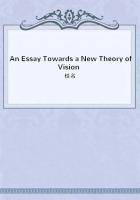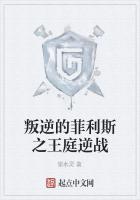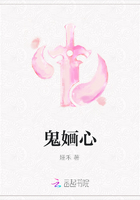The denominations of those coins seem originally to have expressed the weight or quantity of metal contained in them.In the time of Servius Tullius, who first coined money at Rome, the Roman as or pondo contained a Roman pound of good copper.It was divided in the same manner as our Troyes pound, into twelve ounces, each of which contained a real ounce of good copper.The English pound sterling, in the time of Edward I, contained a pound, Tower weight, of silver, of a known fineness.The Tower pound seems to have been something more than the Roman pound, and something less than the Troyes pound.This last was not introduced into the mint of England till the 18th of Henry VIII.
The French livre contained in the time of Charlemagne a pound, Troyes weight, of silver of a known fineness.The fair of Troyes in Champaign was at that time frequented by all the nations of Europe, and the weights and measures of so famous a market were generally known and esteemed.The Scots money pound contained, from the time of Alexander the First to that of Robert Bruce, a pound of silver of the same weight and fineness with the English pound sterling.English, French, and Scots pennies, too, contained all of them originally a real pennyweight of silver, the twentieth part of an ounce, and the two-hundred-and-fortieth part of a pound.The shilling too seems originally to have been the denomination of a weight.When wheat is at twelve shillings the quarter, says an ancient statute of Henry III, then wastel bread of a farthing shall weigh eleven shillings and four pence.
The proportion, however, between the shilling and either the penny on the one hand, or the pound on the other, seems not to have been so constant and uniform as that between the penny and the pound.During the first race of the kings of France, the French sou or shilling appears upon different occasions to have contained five, twelve, twenty, and forty pennies.Among the ancient Saxons a shilling appears at one time to have contained only five pennies, and it is not improbable that it may have been as variable among them as among their neighbours, the ancient Franks.From the time of Charlemagne among the French, and from that of William the Conqueror among the English, the proportion between the pound, the shilling, and the penny, seems to have been uniformly the same as at present, though the value of each has been very different.For in every country of the world, Ibelieve, the avarice and injustice of princes and sovereign states, abusing the confidence of their subjects, have by degrees diminished the real quantity of metal, which had been originally contained in their coins.The Roman as, in the latter ages of the Republic, was reduced to the twenty-fourth part of its original value, and, instead of weighing a pound, came to weigh only half an ounce.The English pound and penny contain at present about a third only; the Scots pound and penny about a thirty-sixth; and the French pound and penny about a sixty-sixth part of their original value.By means of those operations the princes and sovereign states which performed them were enabled, in appearance, to pay their debts and to fulfil their engagements with a smaller quantity of silver than would otherwise have been requisite.It was indeed in appearance only; for their creditors were really defrauded of a part of what was due to them.All other debtors in the state were allowed the same privilege, and might pay with the same nominal sum of the new and debased coin whatever they had borrowed in the old.Such operations, therefore, have always proved favourable to the debtor, and ruinous to the creditor, and have sometimes produced a greater and more universal revolution in the fortunes of private persons, than could have been occasioned by a very great public calamity.
It is in this manner that money has become in all civilised nations the universal instrument of commerce, by the intervention of which goods of all kinds are bought and sold, or exchanged for one another.
What are the rules which men naturally observe in exchanging them either for money or for one another, I shall now proceed to examine.These rules determine what may be called the relative or exchangeable value of goods.
The word value, it is to be observed, has two different meanings, and sometimes expresses the utility of some particular object, and sometimes the power of purchasing other goods which the possession of that object conveys.The one may be called "value in use"; the other, "value in exchange." The things which have the greatest value in use have frequently little or no value in exchange; and, on the contrary, those which have the greatest value in exchange have frequently little or no value in use.
Nothing is more useful than water: but it will purchase scarce anything; scarce anything can be had in exchange for it.Adiamond, on the contrary, has scarce any value in use; but a very great quantity of other goods may frequently be had in exchange for it.
In order to investigate the principles which regulate the exchangeable value of commodities, I shall endeavour to show:
First, what is the real measure of this exchangeable value;or, wherein consists the real price of all commodities.
Secondly, what are the different parts of which this real price is composed or made up.
And, lastly, what are the different circumstances which sometimes raise some or all of these different parts of price above, and sometimes sink them below their natural or ordinary rate; or, what are the causes which sometimes hinder the market price, that is, the actual price of commodities, from coinciding exactly with what may be called their natural price.


